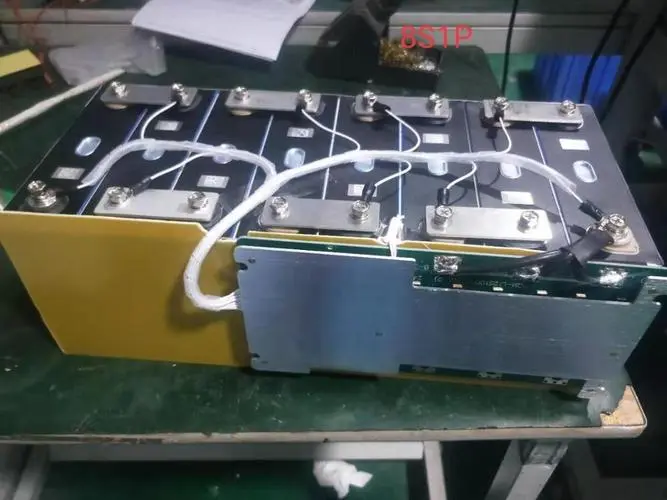LiFePO4 batteries, belonging to the lithium-ion battery family, utilize lithium iron phosphate as their cathode material. Distinguished by superior attributes such as extended cycle life, cost efficiency, heightened safety, and reduced environmental impact in comparison to other lithium battery variants, LiFePO4 batteries find applications in diverse sectors, including backup power, marine, RV, and camping. However, the optimization of their performance and lifespan necessitates diligent care and maintenance.
This comprehensive guide aims to elucidate the correct procedures for charging, discharging, and storing LiFePO4 batteries, dispel common misconceptions and mistakes that may jeopardize their integrity, and provide insights into monitoring, testing, and troubleshooting potential issues.
Charging, Discharging, and Storing Your LiFePO4 Battery: Best Practices
Efficiently managing the charging, discharging, and storage processes significantly influences the overall performance and longevity of LiFePO4 batteries. The following guidelines offer insights into these critical aspects:
- Charging LiFePO4 Batteries:
- Utilize a compatible charger that aligns with the battery’s specifications, delivering the correct voltage and current.
- Adhere to the manufacturer’s instructions regarding charging parameters.
- Follow a charging sequence of constant current (CC) until the battery reaches its fully charged voltage, transitioning to constant voltage (CV) until current drops to a low level before ceasing the charging process.
- Prevent overcharging, which can diminish capacity and lifespan.
- Avoid charging in extreme temperatures, opting for a cool and dry environment between 0°C and 45°C.
- Discharging LiFePO4 Batteries:
- Connect the battery to a device or system capable of drawing the required power and energy.
- Abide by the manufacturer’s guidelines for the discharge process.
- Opt for a moderate discharge rate, avoiding deep discharging to prevent cell damage and lifespan reduction.
- Refrain from discharging in extreme temperatures, choosing a cool and dry environment between -20°C and 60°C.
- Storing LiFePO4 Batteries:
- Maintain the battery in a state of partial charge, ideally between 40% and 80% of its capacity.
- Adhere to the manufacturer’s recommendations for storage conditions and duration.
- Store in a cool and dry place, safeguarded from heat, moisture, and direct sunlight.
- Prevent storing in fully charged or fully discharged states to avert irreversible capacity loss and internal resistance increase.
- Periodically check and recharge the battery, at least once every six months, to counteract self-discharge and cell imbalance.
Common Mistakes and Myths to Avoid:
- Mistake: Using an Incompatible Charger:
- Deploying a charger incompatible with LiFePO4 batteries can lead to damage, causing overcharging, undercharging, or short circuits.
- Always use a charger that aligns with the battery’s specifications, following the manufacturer’s instructions diligently.
- Myth: LiFePO4 Batteries Have Memory Effect:
- Contrary to some rechargeable batteries, LiFePO4 batteries do not exhibit memory effect.
- Charge and discharge at any level without concerns about memory effect, negating the need for full charge or discharge cycles.
- Mistake: Freezing LiFePO4 Batteries:
- Freezing can cause the electrolyte to freeze and expand, potentially damaging the cells and casing.
- Avoid freezing LiFePO4 batteries, keeping them in a cool and dry environment between -20°C and 60°C, and refrain from charging or discharging in freezing temperatures.
By adhering to these guidelines and avoiding common pitfalls, users can ensure the optimal care and maintenance of LiFePO4 batteries, promoting longevity and sustained performance in various applications.
